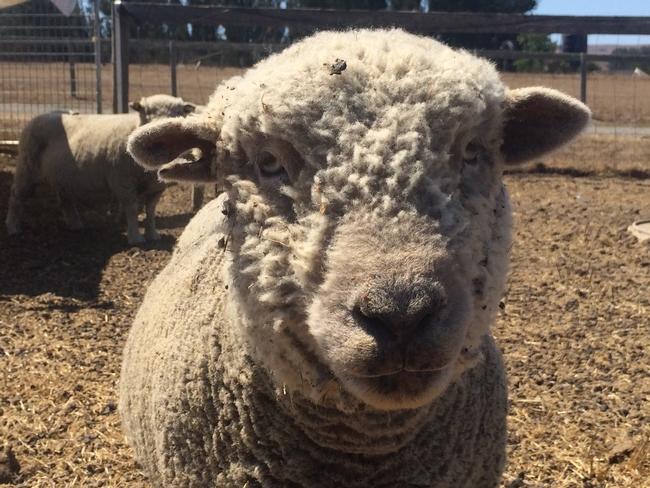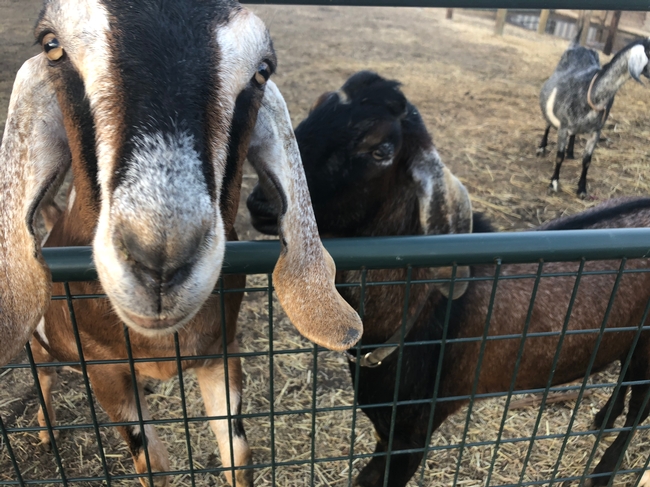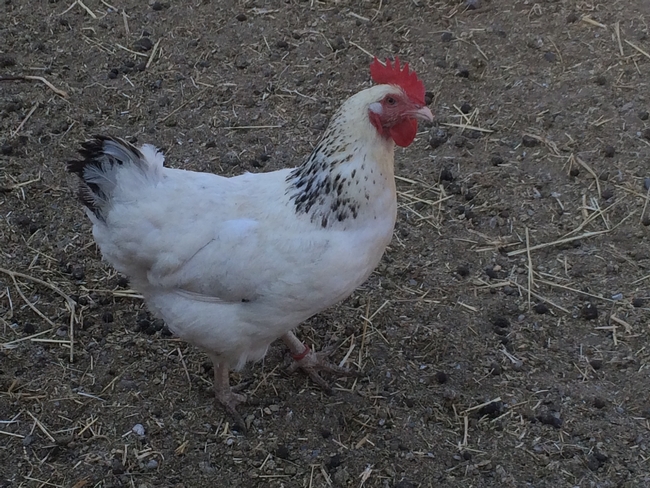
Backyard livestock and peri-urban agriculture

How I can keep my animals healthy? The first step to maintaining healthy animals is to practice good biosecurity and hygiene practices. This includes purchasing new animals from certified sources and knowing the herd/ flock status of the sources and health status. Another important practice the separation of the new animals and your current ones, there would ideally be a 14-30 day isolation period to prevent the transmission of diseases between resident animals and new animals. It is recommended to make sure livestock have regular vaccinations, routine veterinary care, and are closely monitored by owners for signs of illness. If signs of illness are detected, the separation of healthy animals from sick animals is crucial in stopping the further spread of diseases.

What practices can improve on small-scale and backyard livestock and poultry? In a recent study (Pires et al, 2019) in four western states in the US, 83.8% of small-scale and backyard livestock and poultry owners reported that they isolated sick animals from healthy ones and 76.6% kept newly purchased animals in quarantine. Other biosecurity practices were reported at a lower rate, such as the quarantine of returning (e.g., from fairs, shows) animals (49%), rodent/pest control (57.3%), wearing dedicated clothes when handling sick animals (49.5%), avoiding livestock contact with wildlife (50.7%) or limiting visitors (22.5%) (Pires et al, 2018).

Summary. Backyard livestock and poultry owners should do their best to prevent contamination and disease spread. Purchasing the animals from reputable sources, maintaining a clean space for the animals, separating sick from health animals and proper sanitation efforts all play a collaborative part in the prevention of diseases and promotion of animal health and public health. Many sources such as published through different outreach outlets and are available online as well as veterinarians exist for how to properly maintain a backyard farm. It is important that backyard owners be aware and utilize the information out there and do what is best for themselves as well as the population. For more information, come back for more as this is the first of a series of articles that will cover backyard livestock and poultry.
- Pires, Alda F. A., et al. “Assessment of Veterinarians' Engagement with Backyard Poultry and Small-Scale Livestock Operations in Four Western States.” Journal of the American Veterinary Medical Association, vol. 257, no. 2, 2020, pp. 196–209., doi:10.2460/javma.257.2.196.
- Pires, Alda F. A., et al. “Small-Scale and Backyard Livestock Owners Needs Assessment in the Western United States.” Plos One, vol. 14, no. 2, 2019, doi:10.1371/journal.pone.0212372.
